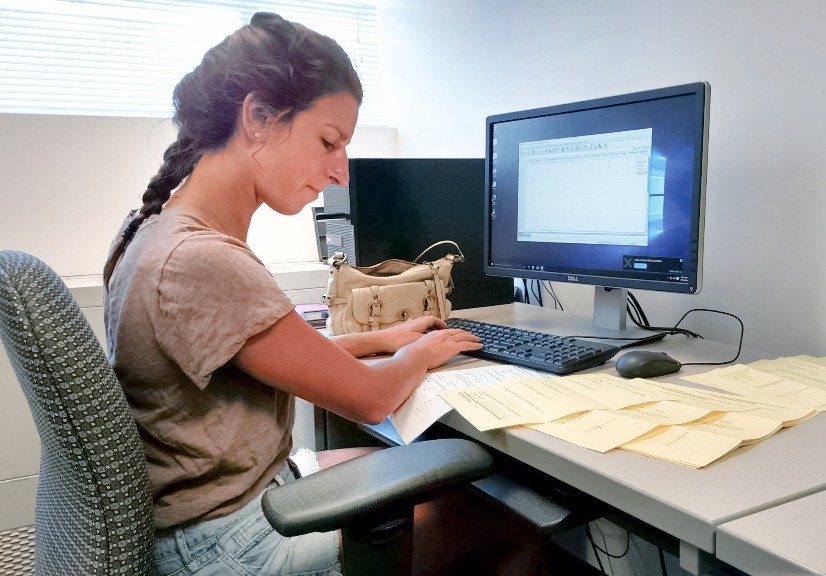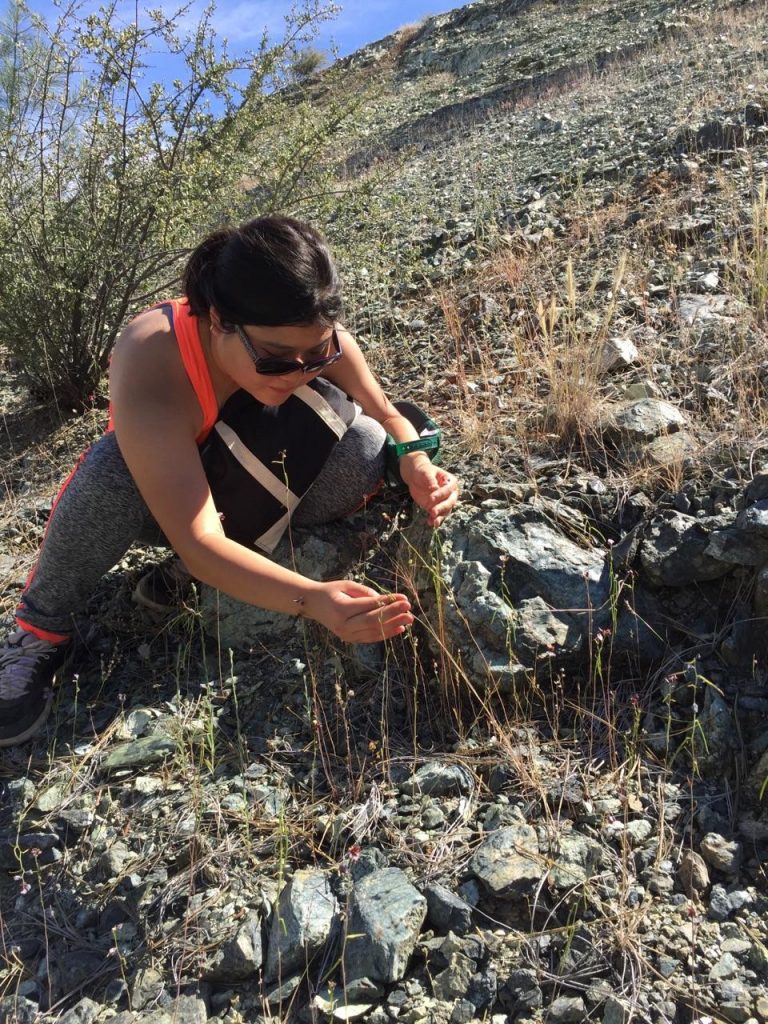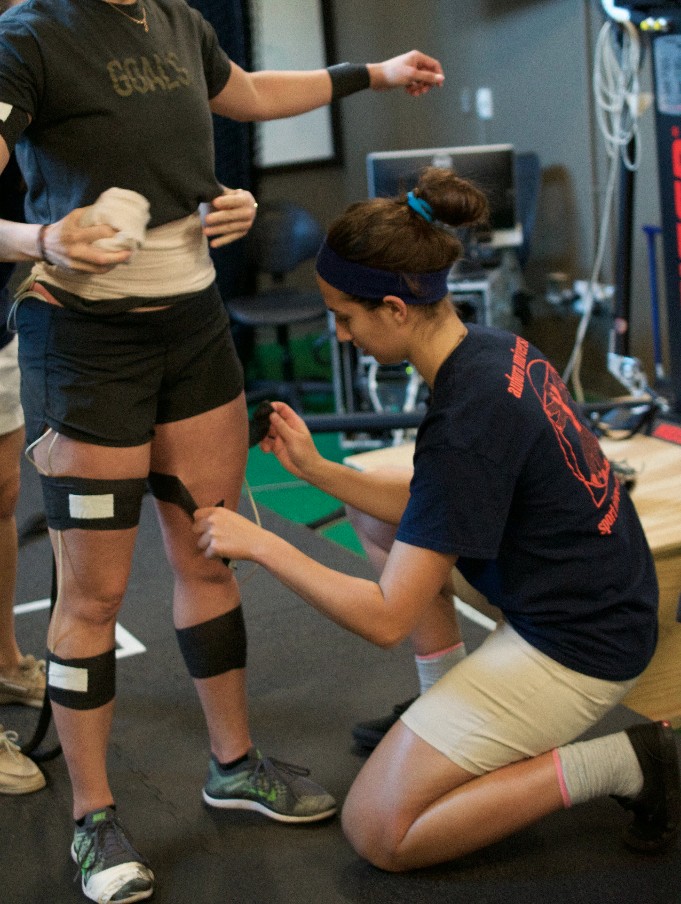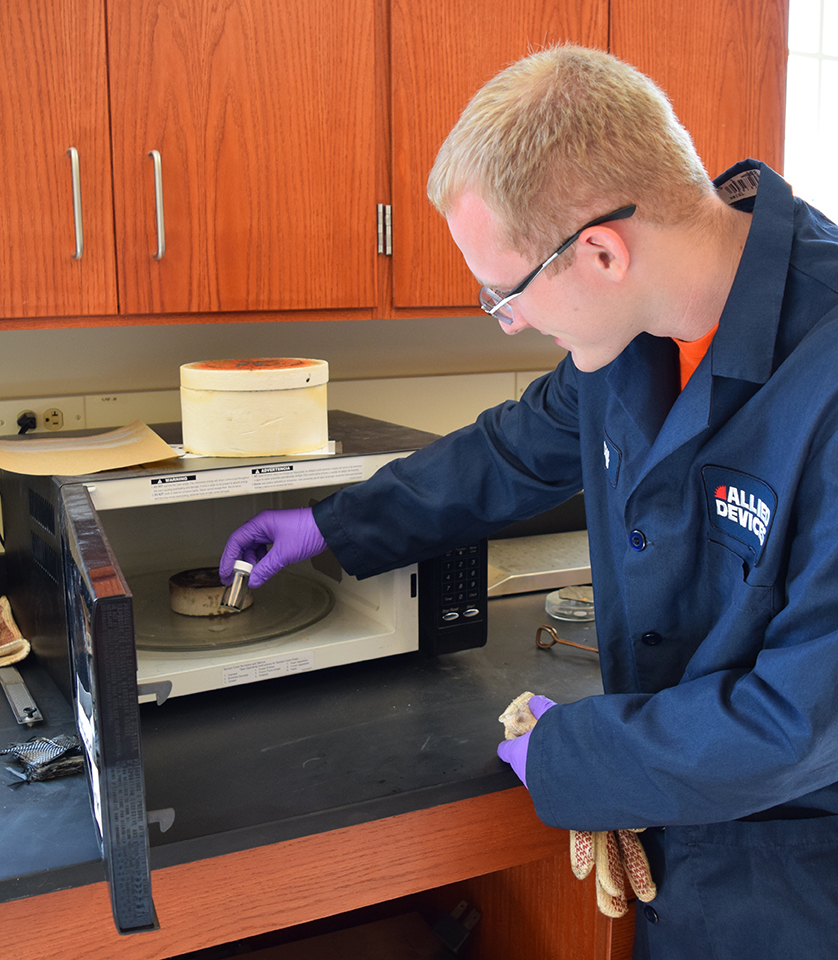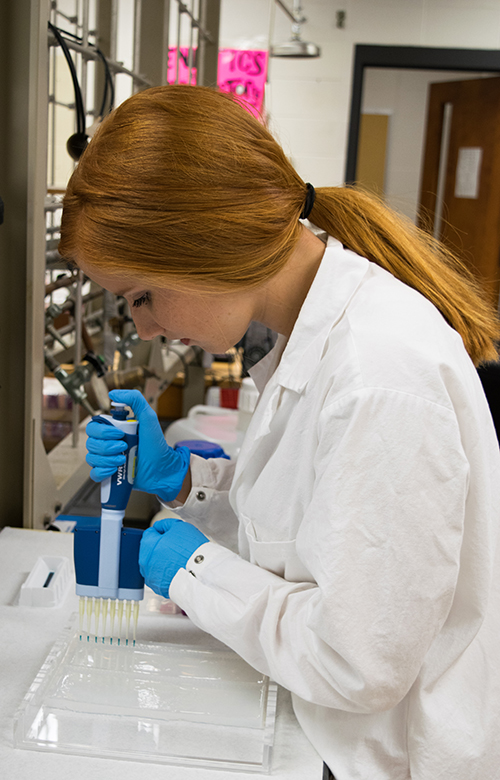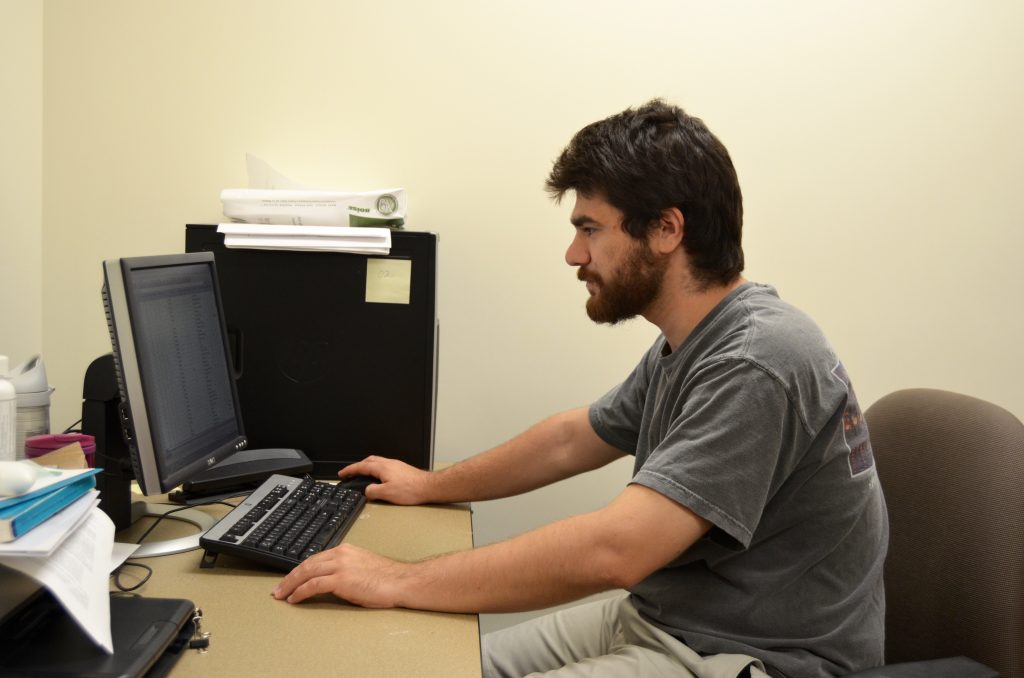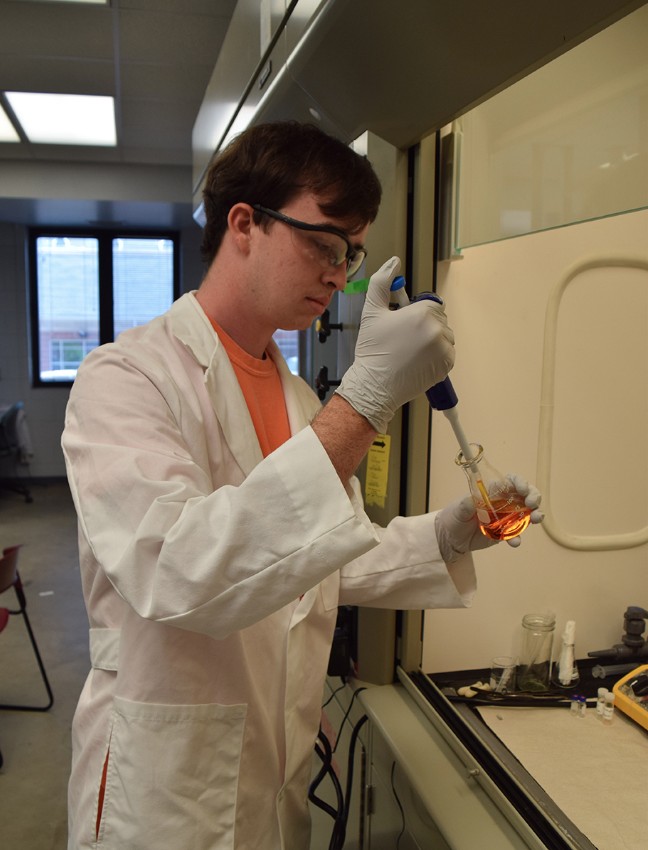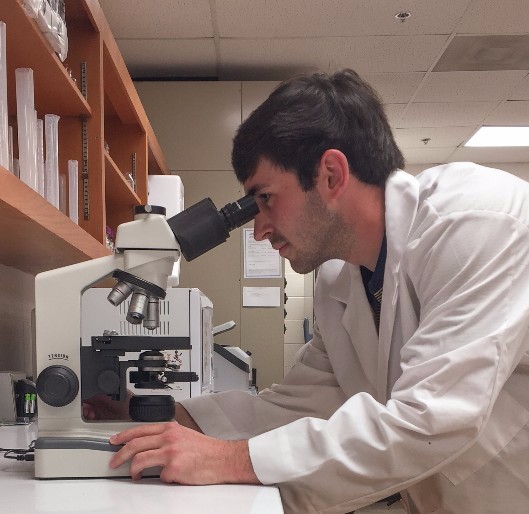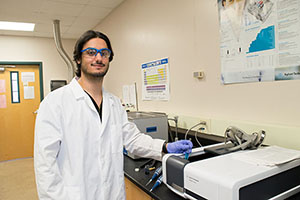Approximately 65 low-income elderly Lee County residents rely on Meals on Wheels each week, according to Nicole Forchielli, a senior studying nutrition dietetics. Nicole conducted her Undergraduate Research Fellowship this past summer under the mentorship of Dr. Yee Ming Lee in the College of Human Sciences. “I got involved volunteering with [Meals on Wheels] and…Continue Reading Recently in Research: Nicole Forchielli
Recently in Research: Nicole Forchielli
